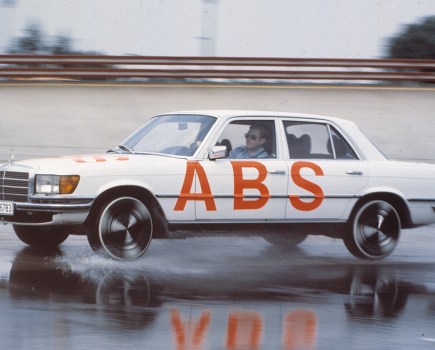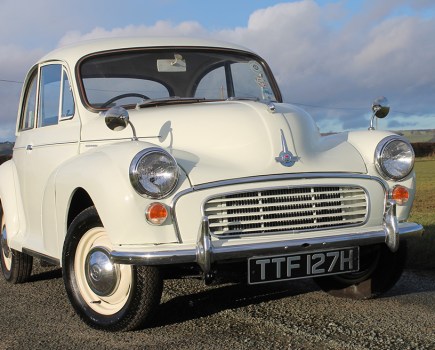Welcome to Past Marques, where we look back over the decades at manufacturers whose names have long since disappeared into the exhaust plumes of history…
After the Second World War, Germany was divided and the Opel factory at Rüsselsheim near Frankfurt fell under Soviet control. Relatively undamaged, it contained all the tooling required for the pre-war K38 Kadett model. The Russians shipped everything east and reassembled the machinery at its Moscow Factory for Small Displacement Automobiles (MZMA).
From the early ‘Thirties, poor copies of Ford and other marques’ models were produced there, but the all-new Moskvitch (son of Moscow) appeared within 12 months; the 400 model offering a striking resemblance to the pre-war Opel. The 400 was still around 18 years later, largely unchanged until the 408 arrived at Earls Court in 1964, powered by the same 1.4-litre engine that worked so well in 1938. Russia was chasing foreign currency and the 408 sold quite well, mainly due to its low price.
The immense factory was at full capacity from the late ‘Sixties. The Overhead-camshaft 412, which offered 1.5 litres and the world’s finest car heater, arrived in 1969 and the factory was reporting 200,000 units per annum. The Russians loved them; they offered 80bhp and were sturdy enough for even the worst roads. They were reliable, plus they were still supplied with a starting handle.
A Which report in the mid ‘Seventies finished the Moskvitch brand in the UK (branding its cars as ‘unsafe transport’) but new models arrived elsewhere with front-wheel drive and hatchback options in 1986. The Lada/Chrysler Alpine ‘lookalike’ named the 2141 received plenty of French assistance, but the Soviet Union was breaking up, and the Ruble collapsed in the ‘Nineties. The millennium came and the massive factory was bankrupt. The Moskvitch name was gone by 2002.
Above picture: There’s more than a hint of Hillman in the 407, which put Moskvitch on the world stage thanks to Opel and the Red Army.








